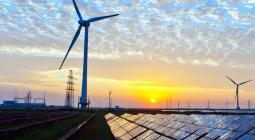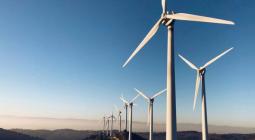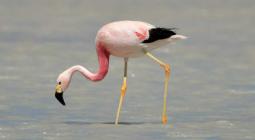Wild Energy: Reconciling Nature and Solar Power Project Development.

Sustainable energy access and conservation of wild species and biodiversity rank at the top of the international community of nations’ strategic agenda. An international group of scientists recently published a conceptual framework, the first of its kind, that could reconcile the trade-offs between solar power project development and ecosystems and biodiversity conservation.
In the peer-reviewed research paper, Techno-ecological synergies of solar energy for global sustainability, the research team identifies 20 overlooked advantages of distributed solar energy. These range widely and deeply, from greater solar panel energy and agricultural productivity and reduced use of polluting inputs, effluents and emissions to remediation and repurposing of contaminated land and water resources, carbon sequestration and water, native species and habitat conservation, including that for pollinators, research authors from the University of California, Davis (UC Davis) and U.S. Center for Biological Diversity (CBD) explain.
Joined by researchers from 11 other organizations, the study authors set out “a framework for understanding more completely, and ultimately quantifying, the benefits of solar energy” that they’ve dubbed Wild Energy.
“The first step in creating a wild-energy future is understanding the true value of solar,” said research project organizer and lead report author, Rebecca R. Hernandez, an assistant professor at UC Davis’ John Muir Institute of the Environment.
By valuing all the benefits of renewable energy, we can start to build an energy system that’s beneficial for people, wildlife and wild places.
23 July 2019
SOLAR MAGAZINE




